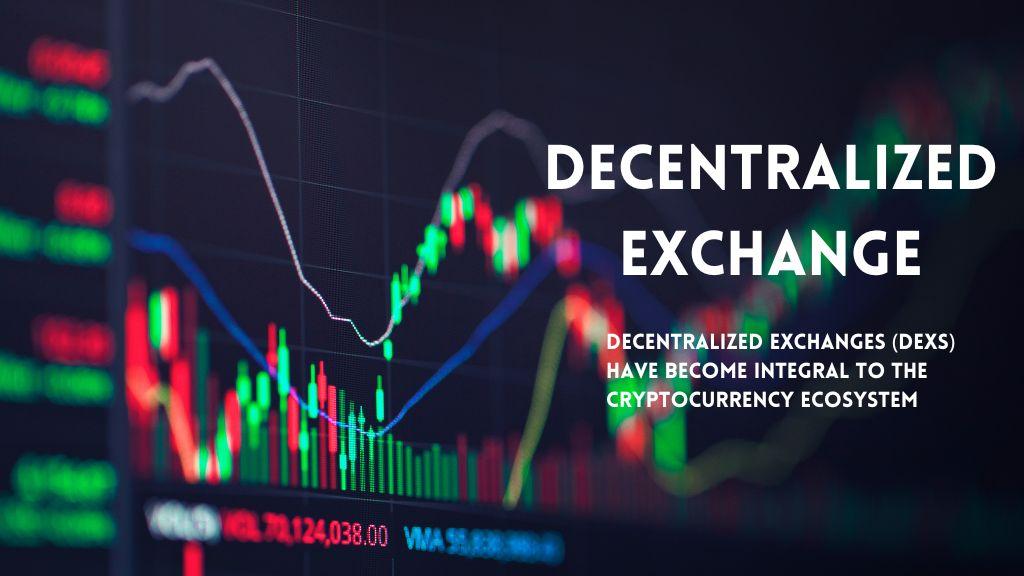How to Create a Decentralized Exchange (DEX)

1. Define Your DEX Model
Choose the type of DEX you want to build:
-
AMM-based DEX (like Uniswap, PancakeSwap)
-
Order Book DEX (like dYdX)
-
Hybrid DEX (centralized UI + decentralized backend)
2. Select the Blockchain
Pick the best blockchain based on speed, cost, and user base:
-
Ethereum (secure, but high fees)
-
BNB Chain (low fees, popular for DeFi)
-
Polygon (scalable & EVM compatible)
-
Arbitrum/Optimism (L2 scaling)
3. Develop Smart Contracts
Core features to code:
-
Token swaps (AMM logic)
-
Liquidity pools
-
Farming/staking (optional)
-
Fee collection + distribution
-
Governance (DAO) module (optional)
Languages: Solidity (for EVM chains)
4. Build Frontend UI
Create a sleek user interface:
-
Frameworks: React / Next.js
-
Connect Web3 wallets (MetaMask, WalletConnect)
-
Token price display, pool stats, charts
-
User dashboard (for liquidity & earnings)
5. Test & Audit
-
Use testnets (Goerli, Mumbai) for pre-launch testing
-
Perform security checks: Slither, MythX, manual testing
-
Optional: third-party audit for smart contracts
6. Deploy & Launch
-
Launch on mainnet
-
Add initial liquidity
-
Enable trading, swapping, farming
-
Market the DEX with token rewards or airdrops
7. Track, Scale & Grow
-
Integrate The Graph for real-time data
-
Add analytics dashboards
-
Explore cross-chain swaps or NFT integrations
Want to launch your own DEX fast?
We offer white-label DEX solutions
Book a consultation via hello@coinsclone.com
- Art
- Causes
- Crafts
- Dance
- Drinks
- Film
- Fitness
- Food
- Games
- Gardening
- Health
- Home
- Literature
- Music
- Networking
- Other
- Party
- Religion
- Shopping
- Sports
- Theater
- Wellness


